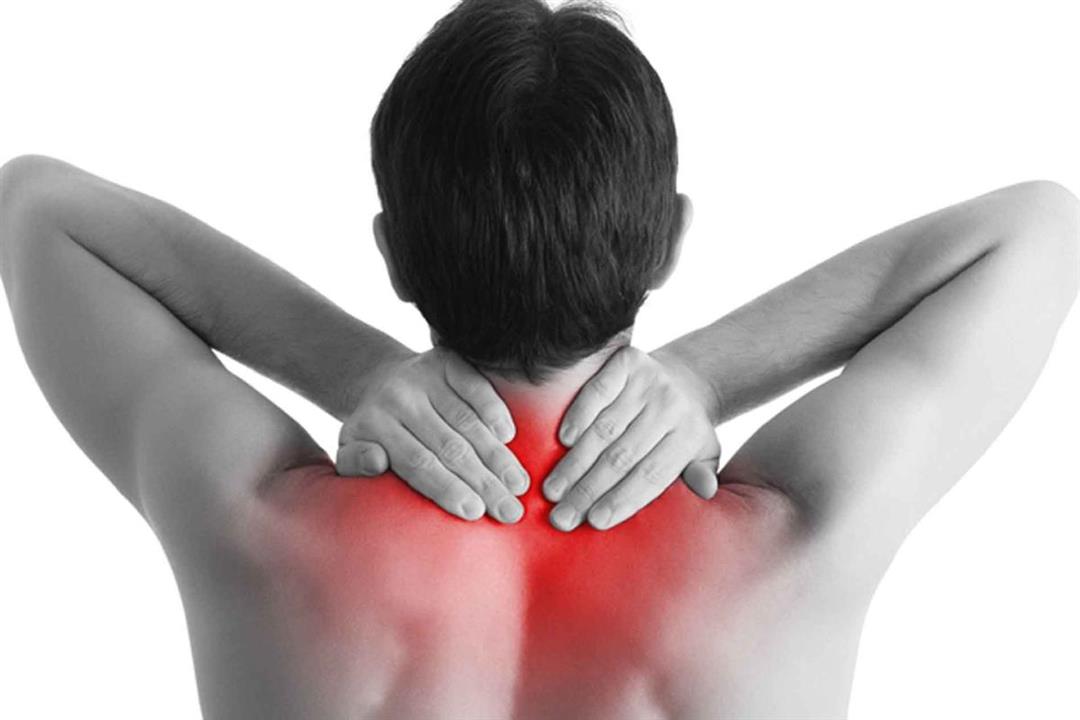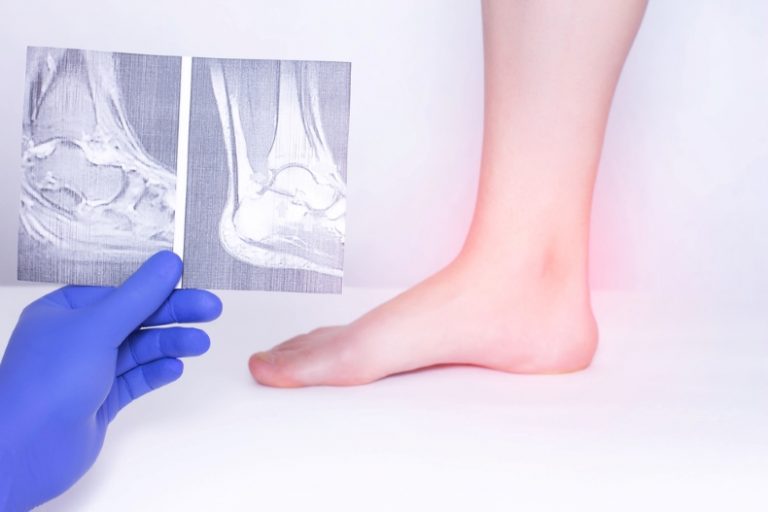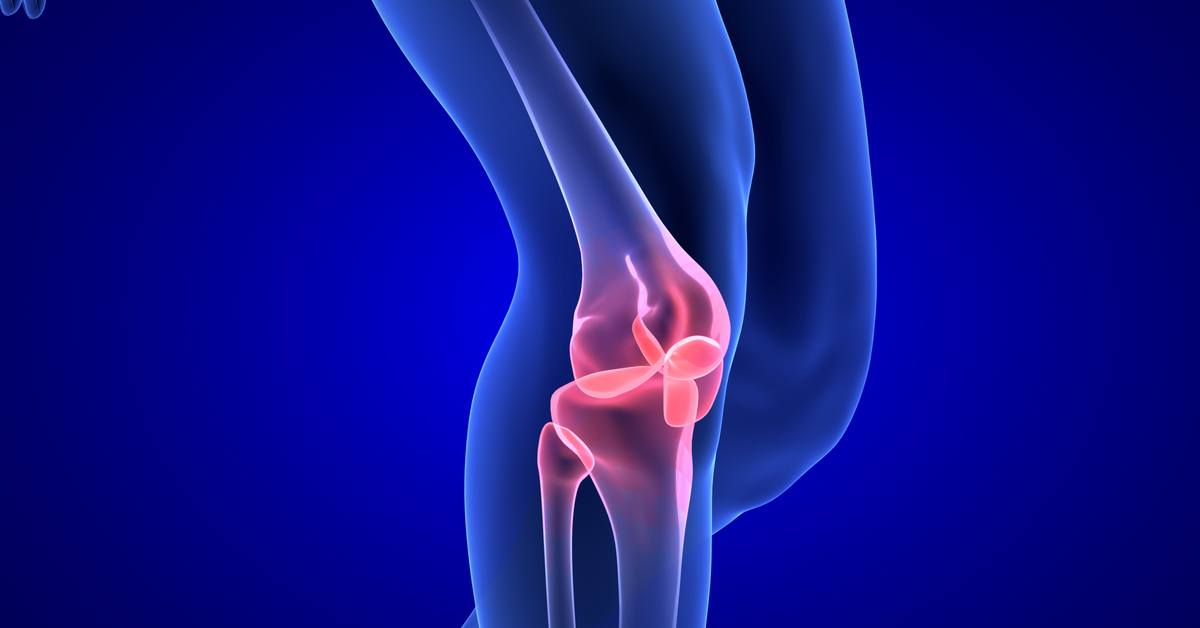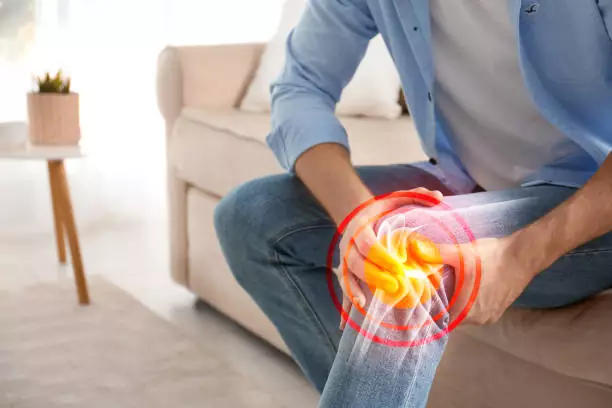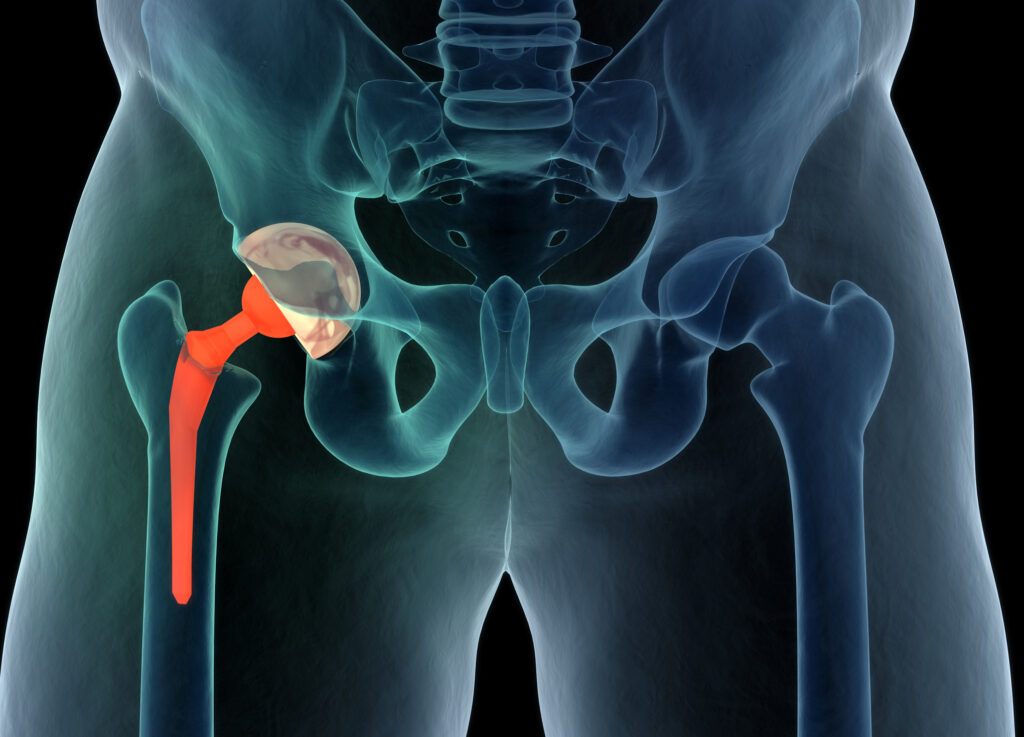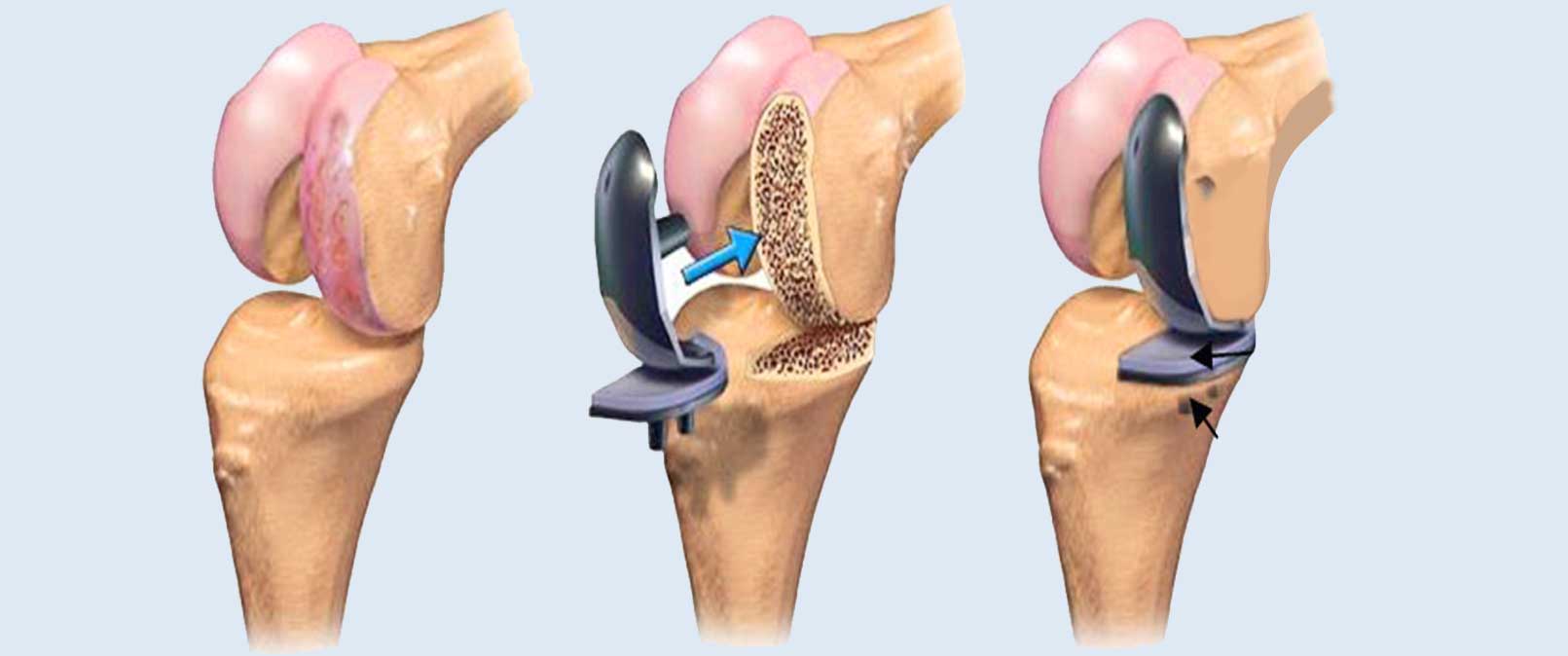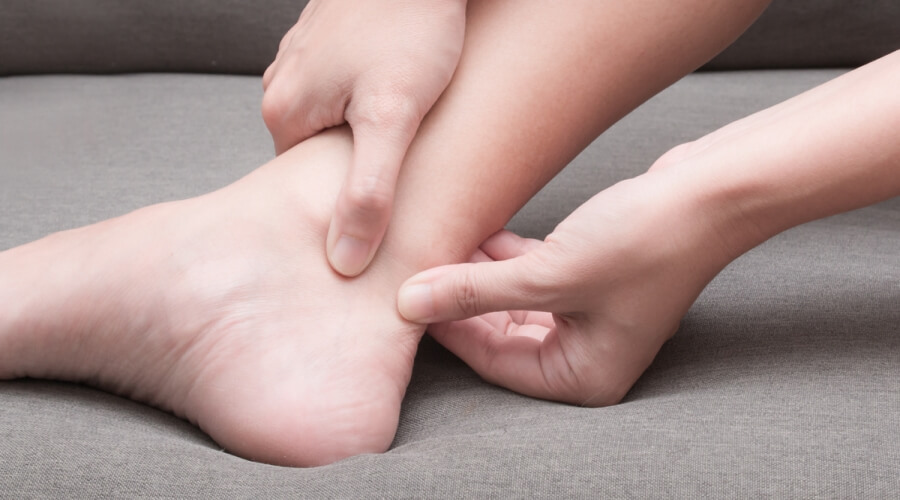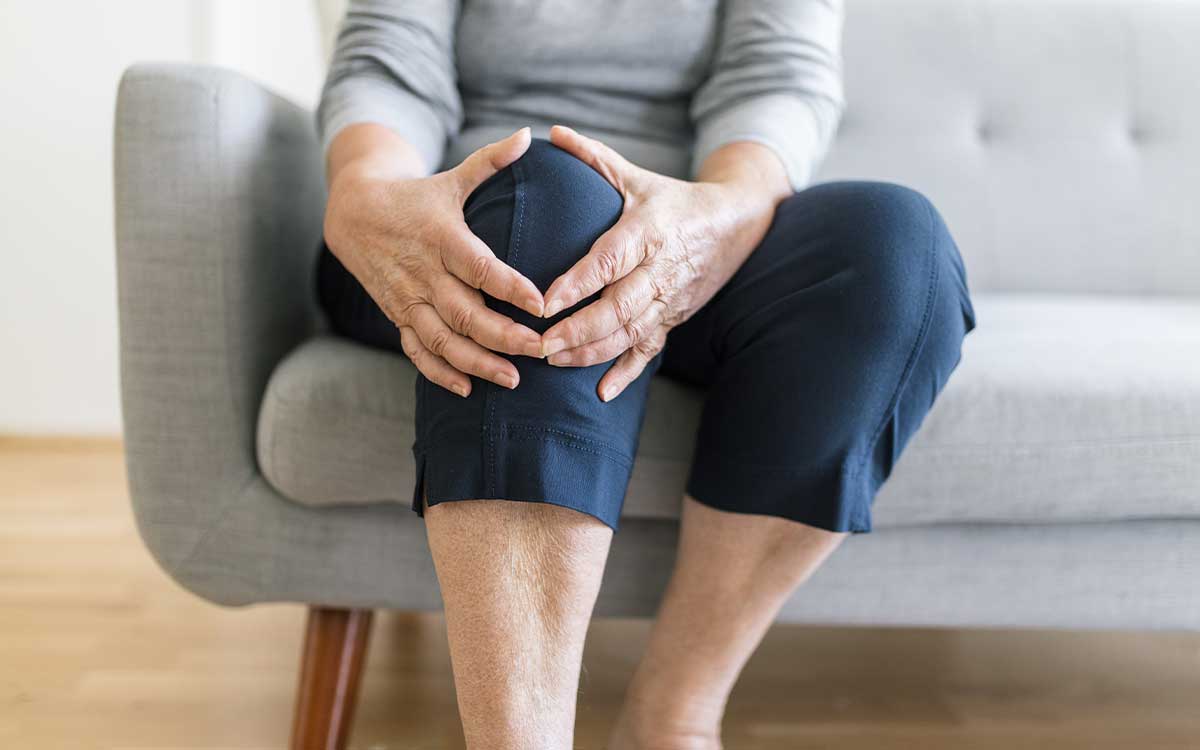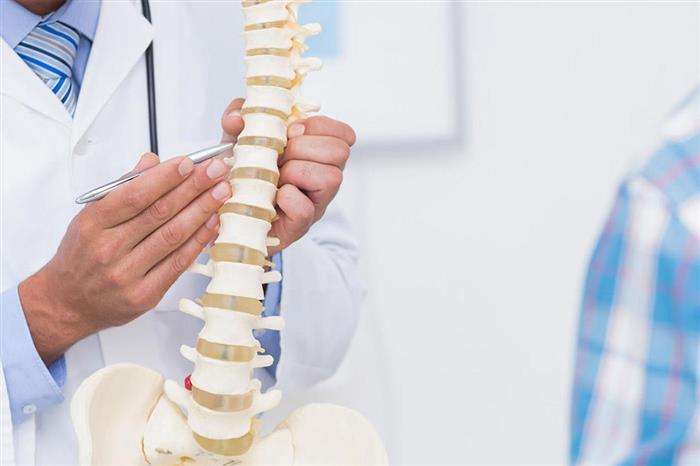Learn about cartilage exercises
Cartilage patients must become sufficiently aware of the habits that they must adhere to in order to ensure a quick and pain-free recovery, and this may also include doing some exercises that have a very beneficial effect on them, follow the following article with us to know more about this matter.
Cartilage exercises
Many exercises are used to treat chondromalacia, examples of which are:
Isometric hold
This exercise focuses on treating the herniated disc that occurs in the neck area, and it is done by following these steps:
- Stand upright with shoulders relaxed.
- Place the palms on the forehead.
- Press the head with your palms without moving it.
- Hold this position for 15 seconds, and repeat it 15 times.
Neck extension with head lift
- Lie on your stomach on an even, elevated surface and keep your head out of the surface.
- Put the arms to the sides.
- Very quietly raise the head until it reaches the level of the body and extend the neck against the direction of gravity.
- Hold this position for 10 seconds and repeat these steps up to 20 times.
Neck extension
- Lie on your back on a flat, high surface.
- Gradually lower the head down until it remains suspended in the air.
- STOP IMMEDIATELY if you feel pain in your arms or neck pain.
- Hold this position for up to a minute, then rest for another minute.
- Repeat these steps up to 10 times.
Neck retraction
This exercise is also called the chin tuck, and it is done as follows:
- Lie on your back and put your arms at your sides.
- Lower the chin towards the chest.
- Stay in this position for 10 seconds and continue the steps up to 20 times.
Shoulder retraction
- Stand or sit in front of a wall so that it is behind you and lean on it with your arms relaxed at your sides.
- Bend your elbows to form a 90-degree angle in both arms.
- Move the shoulders down and back.
- Push the backs of the arms toward the wall and grip both palms at the same time.
- This position is continued until 30 seconds have passed.
The benefit of walking for herniated disc
- Walking promotes healthy muscle stretching for individuals with a herniated disc.
- Reduces pain caused by a herniated disc, such as back and neck pain.
- It increases the flexibility of the spine, especially the neck and back areas that are most affected by a herniated disc.
- Maintaining the ideal weight for the individual, which reduces complications that may occur to him.
- It strengthens the individual’s skeleton and increases its durability if it is continued daily.
- It strengthens the muscles of the abdomen, shoulders, and legs, as well as the vertebrae of the spine.
What are the symptoms of cartilage?
- Feeling continuous pain in the back area without interruption.
- The individual has stiffness in the legs or stiffness in the lower back.
- The presence of severe pain is associated with pressure on the lower back.
- A sensation of pain in the groin area.
- Having great difficulty walking or standing for long periods.
- Feeling pain when bending.
- Tingling and numbness in the legs.
- Neck pain makes the patient unable to move the head well.
Correct sitting for herniated disc patients
- A herniated disc patient should not sit for long periods even if they are sitting properly.
- You should move continuously from time to time and not stay still for more than 30 minutes.
- When sitting on the chair, you must take care to ensure that the spine is straight so that it is equal to the chair.
- Support and straighten the shoulders and keep them in a straight position so that it is equal to the head.
- Keep the knees at the same level as the hips or raise them slightly.
- Ensure that the feet are flat on the ground and use a footstool if they do not touch it.
Does herniated disc lead to paralysis?
A herniated disc can cause paralysis or spastic paralysis in individuals, and it may also cause damage to the spinal cord if it presses directly on the spinal cord, a herniated disc can also cause weakness or paralysis in the lower extremities.
How do you live with a herniated disc?
- Commitment to physical therapy sessions.
- Do exercises that focus on strengthening the muscles of the back and the muscles surrounding it.
- In the event of severe symptoms and the pain becomes unbearable, some painkillers that do not require medical advice can be taken.
- Be careful not to lift heavy objects.
- Avoid any activities that require high physical effort.
- Doing light sports such as walking and swimming.
Is walking useful for patients with a herniated disc?
Walking is very useful for the treatment of a herniated disc, and this is because it contributes greatly to reducing the severity of the pain that the individual feels, and this is represented in the fact that walking and swimming are among the light sports that can be done for people with a herniated disc, in addition to that walking improves blood circulation in the body, which makes food and oxygen reach the affected area well, which relieves pain and speeds up recovery.

